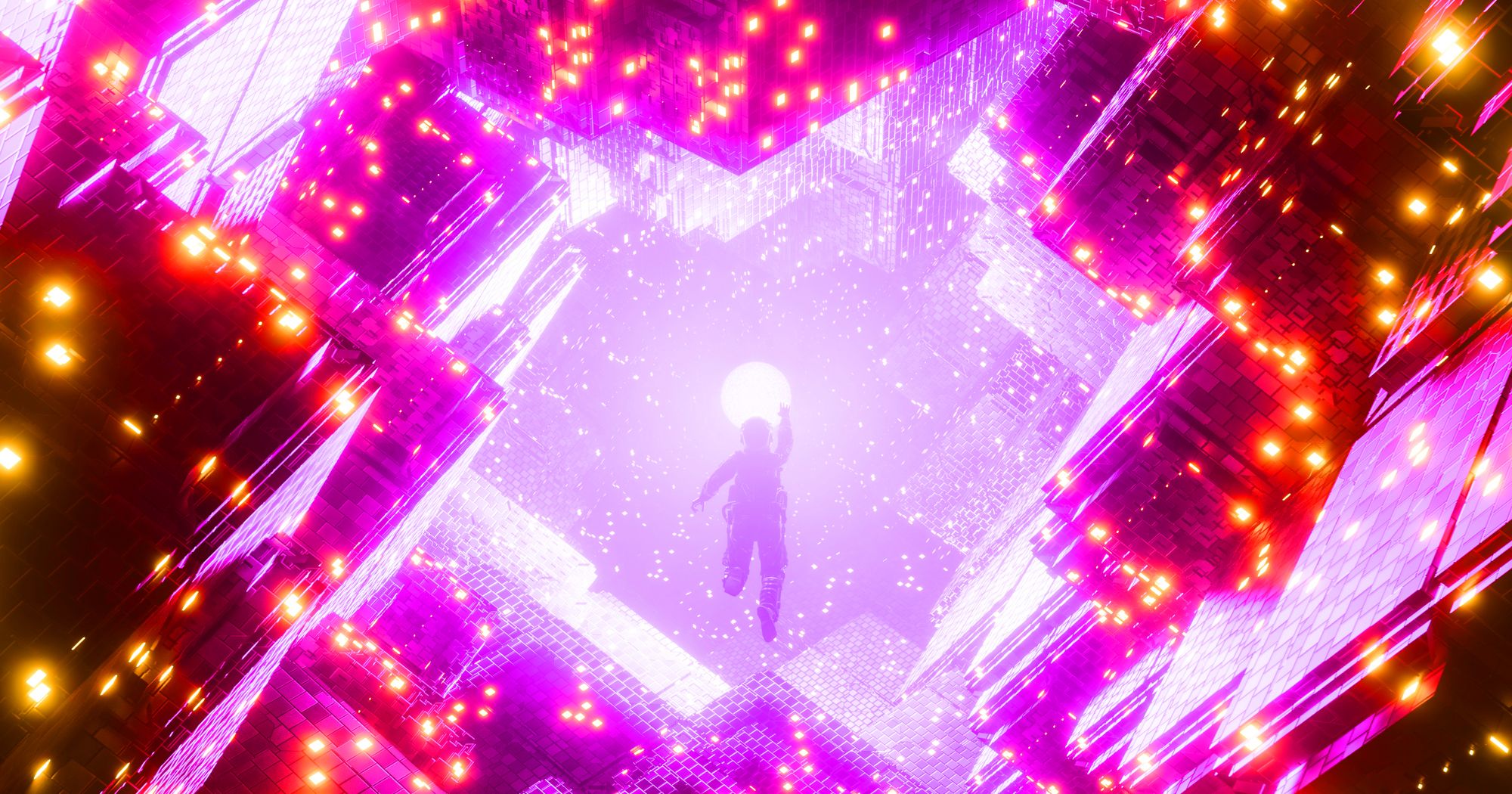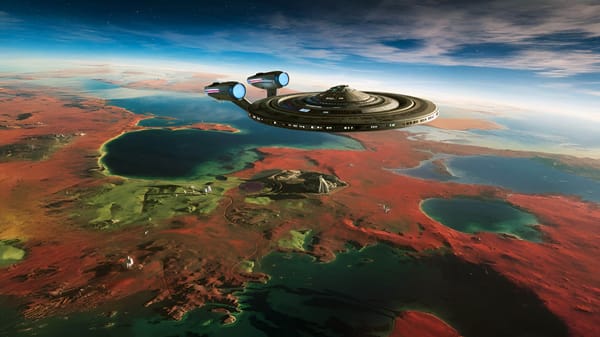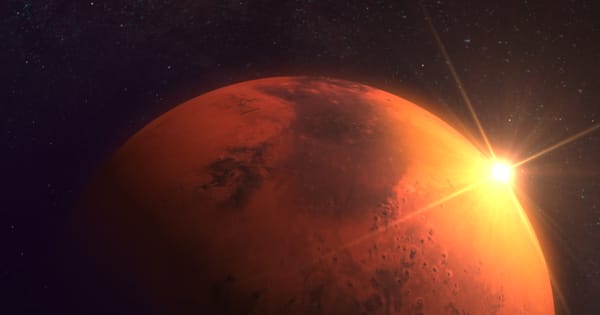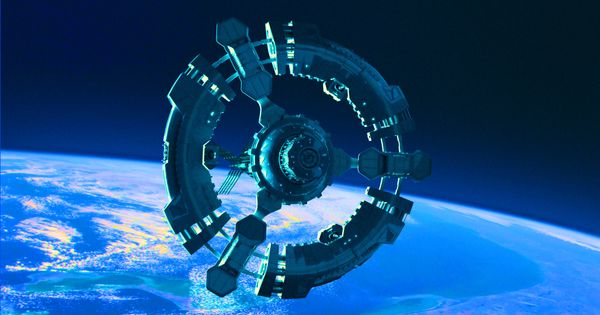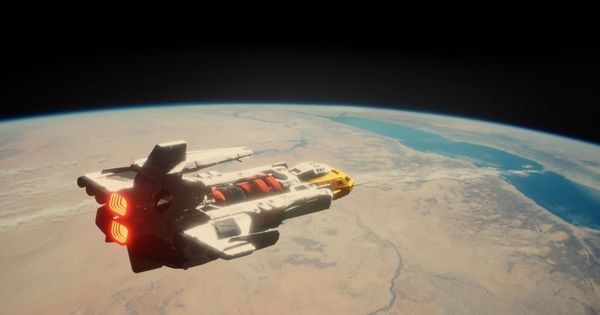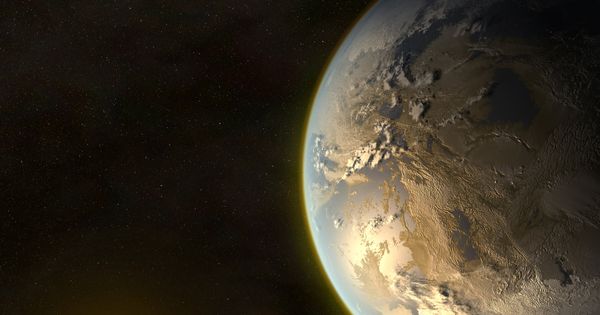Many people in the world are not aware of how space exploration has changed their lives and their future. As a result, they might not see how important it is to continue exploring space.
Space exploration has many benefits that have been witnessed by humans so far. These benefits include: providing a platform for human beings to explore and reach the unknown, bringing human beings closer to the stars, and making new discoveries about our world and universe.
Space exploration is important because it brings humanity closer to space-based resources like energy, mineral deposits, and water.
Space exploration may also be able to provide solutions for climate change on Earth if we can find new ways of doing things in space that are not possible on Earth due to gravity constraints or lack of air or water.
What are some Future Prospects of Human Space Exploration?
The future of human space exploration is an exciting prospect. There are many opportunities for humans to explore new planets and asteroids. This exploration could provide us with resources that we need on Earth, such as water and minerals. We can also explore the vast unknown in order to find out what else is out there in the universe.
This might lead us to find other lifeforms that exist outside of Earth.
Or to find new methods for how we can produce energy in space.
Humans Can Reach New Heights by Embracing New Ideas & Technologies
If we want to explore the unknown, we need to be open-minded and not afraid of change. We should never limit ourselves to what is possible in the present moment, but instead, always think about what is possible for the future.
Space exploration has always been a dream for many people. It has been a dream that has remained unfulfilled for centuries because of the limitations of technology and our imagination. But now with new innovations such as SpaceX, things are starting to change.
SpaceX is a pioneer in the aerospace industry and through their efforts, they have made spaceflight much more affordable and accessible.
SpaceX has a mission of making humanity a multi-planetary species. They see the potential for life to exist on other planets and they want to be able to share that with all of humanity. With their initiatives, they hope we will share the beauty and complexity of the universe with them.
There is also some real progress here with SpaceX’s Falcon9 rocket successfully completing its first mission to resupply the International Space Station (ISS) and Virgin Galactic’s SpaceShipTwo soaring to an altitude of 51,000 feet.
There are even more private players now in the space race: Jeff Bezos’ Blue Origin and Boeing are developing new rockets and spacecraft to provide a private sector alternative to government-funded space exploration. We’re nearly at the tipping point of democratizing access to space – and that could be really, really great.
That’s not all, alternate space fuel like the anti-ageing compound rapamycin could help in space exploration and medical research.
Space is ever-expanding, with new countries like China, and India and other emerging players like Iran, Nigeria and UAE joining the fray.
It's a whole new frontier for private companies to explore.
And it gets even more exciting with 3D Printing.
3D printing has been used in space exploration for years.
The first 3D printer was sent up to the International Space Station in 2014 and it was a great success! It's so amazing that we can use 3D printers now to make parts that we couldn't make on Earth, or even send up an entire rocket ship!
In 2060, 3D printing is predicted to be the only way to produce spare parts and life support systems for long-duration space missions. A recent study in the journal Technology Forecasting and Social Change found that within 40 years, using reverse engineering to manufacture an object in orbit could take up to six orders of magnitude longer than 3D printing materials with minimal waste.
Then come Bioprinting, basically, 3D printing to create human tissues and organs. It is an emerging field in the medical industry because it can be used to help save lives. Bioprinting in space could be one of the most important developments in this field. But bioprinting in space would require some adjustments because of different gravity and atmospheric conditions.
One major problem with bioprinting in space is that the cells need to be placed on a scaffold structure while they are still living. In order to do this, scientists will have to make sure that the cells are kept alive and functional throughout the process. With bioprinting in space, it would be possible for astronauts and researchers to print biological tissues and organs without having to rely on Earth's resources.
The idea of bioprinting in space is not new, as some companies have been trying to start the process since the 1990s. For example, in 1994, scientists at NASA began attempting bioprinting procedures with 3D printing technology. However, they were not successful because they did not have a 3D printer that could create flesh using raw materials.
Tel Aviv University, on the other hand, is working on bioprinting in space to enable tissue regeneration.
In 2015, they began with controlled experiments of bioprinting. Their methods include taking skin cells from human volunteers and combining them to grow a layer of living cells with an embryonic stem cell. This layer, in turn, was then printed using a 3D printer and ink to form a structure which could be transplanted into a patient and help reconstruct their own skin.
The advantages of bioprinting in space are tremendous. If a bioprinter could be kept in orbit and pre-loaded with materials from Earth, it would take only a matter of hours to grow replacement organs for use on the ground. The ability to routinely produce organs in space will provide a time-saving alternative to space travel for organ replacement.
The Role of Artificial Intelligence in the Future of Human Space Travel
AI is set to play a big role in the future of human space travel.
Artificial intelligence will be used to perform tasks that are too dangerous or difficult for humans to do, such as exploring other planets, asteroids and comets. AI will also be used for tasks like planetary mapping and data analysis that would otherwise take an incredibly long time for humans to complete.
AI has proven its ability to perform some complicated tasks. For example, AI has been able to successfully diagnose diseases such as Alzheimer’s and Parkinson’s, find evidence of malicious software attacks, and more.
There is a lot more to space exploration than satellites and rovers. AI will soon be able to conduct research on celestial bodies and analyze their chemical composition without risking any human lives. Investment in AI-focused space exploration has increased, with NASA planning to use it for research in the future.
Will We Find Intelligent Life in Outer Space?
The search for alien life is one of the most exciting and intriguing scientific quests of all time. The possibility that we are not alone in the universe has captured the public's imagination for centuries.
Some scientists believe that life on earth evolved from an organism that came from outer space, so it is possible that we may find intelligent life in outer space.
But if we do find intelligent life in outer space, what will happen to our planet?
If intelligent life exists on Mars or on other planets, what are the possible impacts that it could have on Earth?
The Impact of Outer Space on the Future
The future of outer space is full of limitless possibilities. It will be a place for new discoveries, new technologies that will change the way we live and work, and new life forms.
It is clear to see that outer space has the potential to have a significant impact on our future lives. However, the true impact has yet to be seen.
"It is hard to tell what the future holds, but whatever it is, it's going to be very different from anything in the past."
- said Carl Sagan in his book Pale Blue Dot


